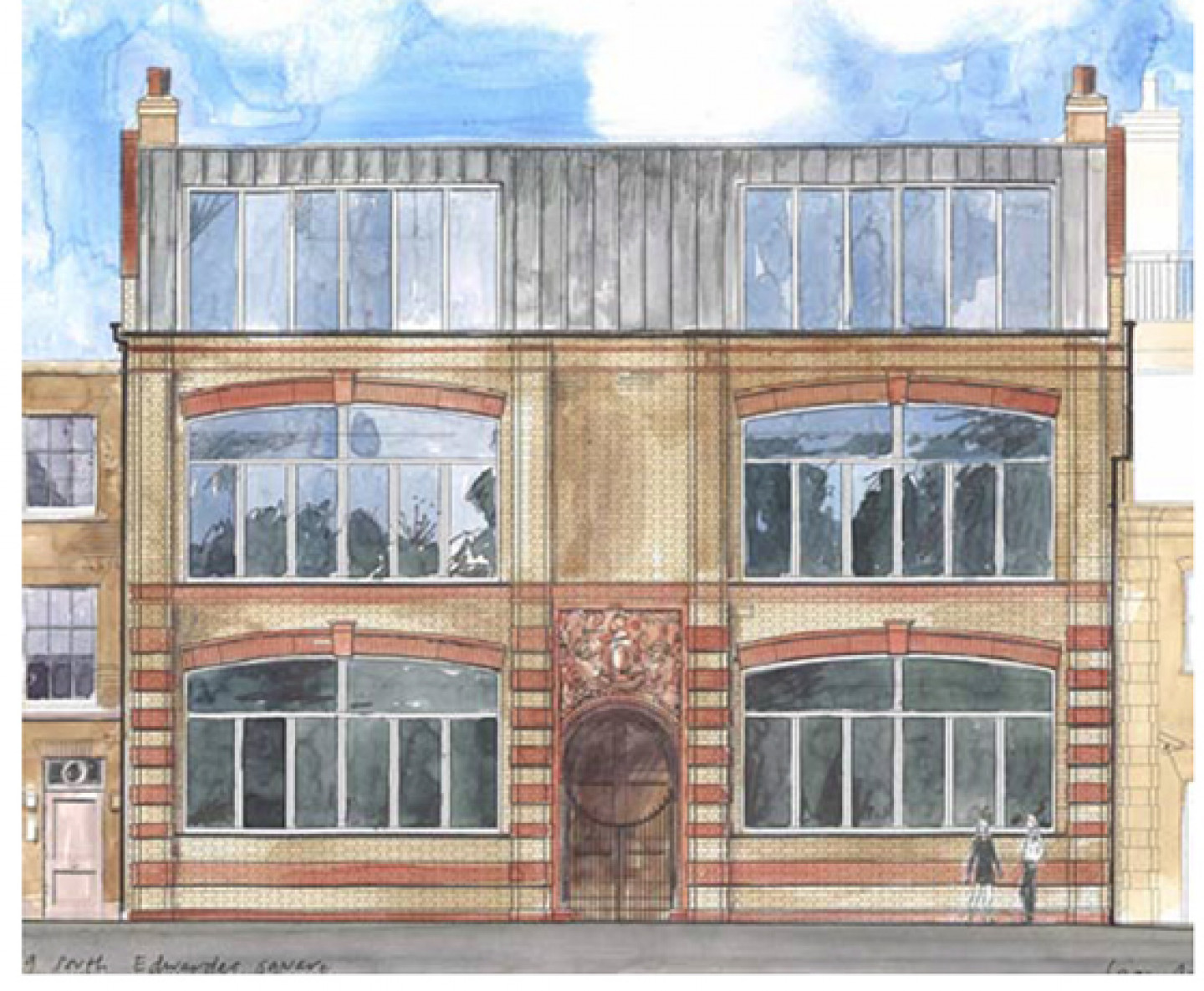When faced with the challenge of refurbishing this period property in Kensington, London one of the key issues for Studio Indigo to address was how to upgrade the thermal performance of the property.
The external façade of the building could not be altered which left the challenge of how to insulate the internal walls and at the same time minimising the loss of high value internal floor area.
Having reviewed numerous technologies Studio Indigo approached Kevothemal Ltd (formerly Nanopore Insulation Ltd) a UK based manufacturer of Vacuum Insulation Panels (VIPs).
With a thermal conductivity value of 0.0038W/mK (Design value 0.007W/mK) VIPs offer high levels of insulation performance within minimum thickness. Using Vacuum Insulation Panels can offer up to a 5 times reduction in thickness when compared with traditional PUR insulations
As good as the performance of VIPs are, should a panel be punctured then up to 80% of its insulation performance would be lost. Taking this into account using this technology as internal wall insulation takes a great deal of thought as the likelihood of a fixing being driven into the panels at a later date could be high.
In order to overcome this issue Studio Indigo designed a system which created an 87mm clearance between the VIPs and the internal face of the wall. This clearance would allow for internal fixings at a later date without the fear of puncturing the panels.
The exact wall build-up was as follows - Existing wall / 15mm VIP with 10mm EPS backing to both sides / 60mm Gyproc stud / 12mm Plywood boarding / 12.5mm Plasterboard / 3mm skim coat.
Kevothermal supplied the VIPs with a 10mm EPS backing pre-applied to both faces. This was designed in as a protection layer which would cushion the VIPs during the installation process, when they would be being pressed against the uneven surface of the existing external wall.
The I-stud is independent of the external wall, fixed top and bottom with the VIPs fitted behind the studs. To give the I-stud stability they are braced back to the external wall at mid-span. This is achieved by fixing timber noggins between them, then fixing an L-shaped metal section to the timber and back to the wall. To alleviate the chance of puncturing the panels on-site the VIPs were installed after all services and immediately before the Plywood was fixed to the stud.
The VIPs were slotted in place behind the studwork and then using a foil duct tape they were held in pace by taping to the appropriate I-stud. With regards to services the biggest depth of back box was 50mm from finished surface which gave plenty of room for tolerance in front of the VIPs. The Vacuum Panels were used only to the external walls of the property and not in internal partitions, where alterations would most likely to take place.
